Add Oxygen Sensor To Old Car
Article by Mark Trotta
When retrofitting a carbureted car to fuel injection, an oxygen sensor needs to be added. This article details several mounting options, as well as best location in the exhaust system.
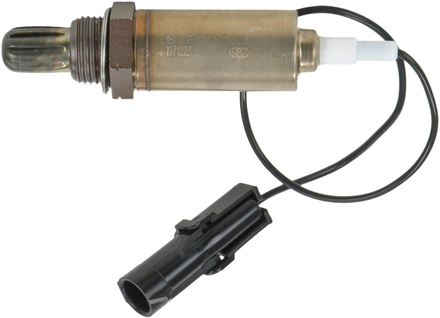
Installation
Ideally, an O2 sensor should be mounted on a straight part of a pipe (not on a bend). The preferred way is to weld a universal O2 sensor bung onto the engine pipe.
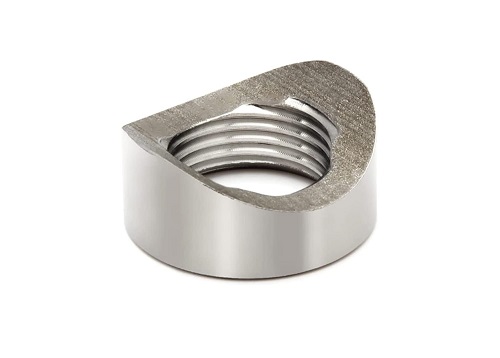
These can be purchased online or at any good parts store. Thread size is 18mm x 1.5 pitch. You may need to remove the engine pipe, or drop it down to weld one in.
*************************
Alternatives To Welding
If your exhaust is completely installed and you don't want to take it apart, or you just don't want to weld it, here's a few alternatives:
Several companies offer a band-clamp sensor mount that does not require welding.
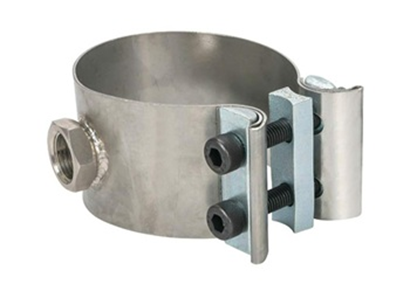
Depending on the width of the band, you may have issues clamping it onto a curved pipe.
*************************
Here's another version of a clamp-on sensor mount which is mounted with two stainless-steel hose clamps.
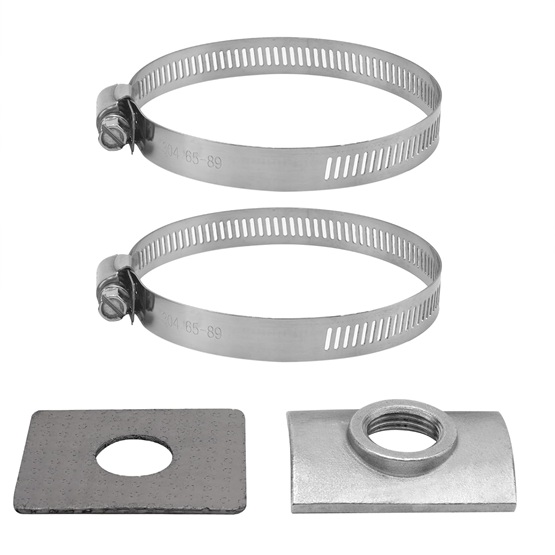
Like the band-style, you'll first need to drill a hole into the pipe, lay a gasket in place, then clamp the bung in place with clamps.
*************************
Pipe Adapter
There are also slip-on pipe adapters like this Walker 41820. These are offered in a variety of diameters.
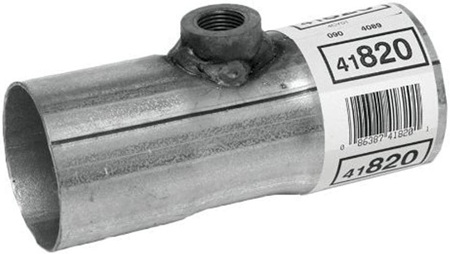
To install one, you'll need to cut into the engine pipe.
*************************
Aftermarket Headers
Depending on year, make, and model, there is also the option of buying headers that already have the bung welded into the collector(s).
*************************
Location
Although the mounting location is not super critical, here are a few things to keep in mind:
If it's too close to the motor, it may become overheated and fail prematurely. If it's too far away, it will take longer to get to operating temperature (more on this below).
Most factory-installed single-wire sensors are located on the driver's side, about six inches below where the pipe attaches to the manifold.
Some aftermarket suppliers suggest it be placed 18" to 36" from the head. If you're installing an aftermarket EFI kit (like an Edelbrock Pro Flo 4), it's best to follow the manufacturer's advice.
For high-performance applications, several aftermarket companies warn against using stock exhaust manifolds and engine pipes. They recommend installing it in the collector of long-tube headers.
For non-header equipped cars, general consensus is to mount them at least 6 to 8 inches from the engine.
*************************
Sensor Orientation
Once the location is decided upon, the sensor should be installed at either 9 or 3 o'clock positions to the top of the pipe. This will avoid the chance of moisture accumulation on cold starts, or possible interference while driving. Sensors can also be contaminated by oil, coolant, and too much fuel, that will coat the sensor and slow down it's response or prevent it from working.
Wires facing up and out of the way is always best.
*************************
Are Heated Oxygen Sensors Better?
One-wire sensors, like this Bosch 12014, are non-heated, meaning they rely on heat from the engine to warm up to required operating temperature.

In contrast, heated O2 sensors 'pre-heat' themselves, and there are at least two advantages to this.
Some engines will drop out of temperature range (go back into open loop) if idling for a while. The exhaust temperature drops and the sensor falls out of range. This makes the engine run richer and use more fuel. A heated sensor corrects this.
Heated sensors can be mounted in a more convenient spot, which usually means further away from the engine.

Early versions of heated sensors had three wire sensors that employed a case ground for the sensor signal. Later applications employed four wire versions with an isolated ground.
To add a heated O2, you would need to find a switched 12v source to provide power, and a wire from sensor to a good ground.
*************************
Wideband O2 Sensors
Primarily used for performance tuning, wideband oxygen sensors look the same as conventional narrow-band oxygen sensors, but there are important differences.
As it's name implies, a wideband sensor gives readings over a very broad range (around 5:1 to 22:1). This means they can detect oxygen content in the exhaust that’s way below or way above the ideal air/fuel ratio of 14.7:1.
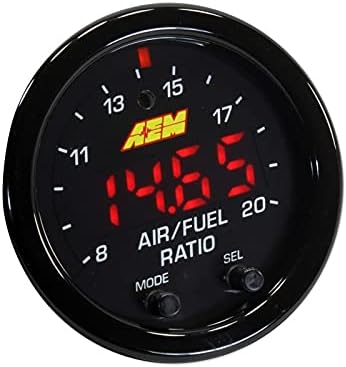
In contrast, a narrow-band sensor can only measure over a very narrow range (around 14.5:1 to 15.0:1).
Wideband Sensor Kit
Installing a wideband sensor kit is a must for maximum performance tuning, particularly for acceleration enrichment.
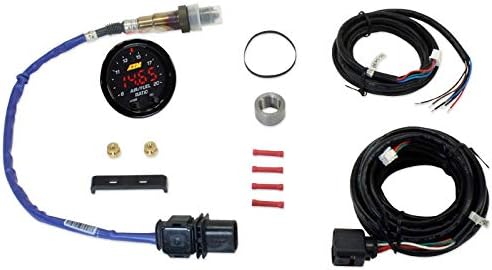
NOTE: Whereas conventional sensors have 1, 2, 3, or 4 wires, wideband O2 sensors typically have 5 or 6 wires, so buying a complete kit will save a lot of grief.
*************************
Wiring O2 Sensor Into an Old Car
A one-wire sensor will generally connect to the ECU through a harness. Different manufacturers use different colors for the sensor output. Direct-fit harnesses take the guesswork at of this.
With multiple-wire sensors, one wire provides the signal, one or two wires provide power for the heating element, and the remaining wire is a ground.
Whichever type you're installing, be sure that it's well grounded--a bad ground can change the voltage reading the computer receives and change its perceived A/F ratio. Consider running a ground strap from one of the exhaust bolts to a chassis ground or battery.
*************************
Installation Tips
When installing, adding a dot of anti-seize lubricant to the threads will insure it will come off easier the next time.
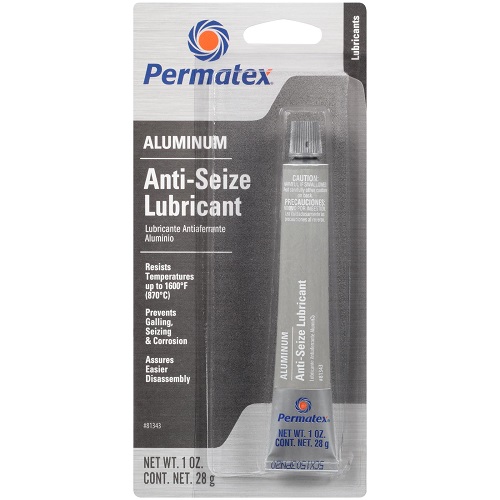
Some new oxygen sensors come with threads already coated.
Another installation tip is to add a heat sleeve over the part of the wire near the exhaust.
*************************
Can I Run Two O2 Sensors?
Generally speaking, a single O2 sensor is used with throttle body injection. Dual sensors are usually seen on Port or direct injection systems.
Adding a second one would depend on ECU compatibility, as the vehicle's ECM must be capable of interpreting signals from two sensors.
*************************
Performance Tuning
Many V8 engine builders will utilize O2 bungs in each header collector, but only run one sensor and cap off the other. For tuning purposes, a wideband sensor gets switched from left to right, and then back again.
NOTE: O2 sensors can get damaged by leaded gas.
*************************
Related Articles: